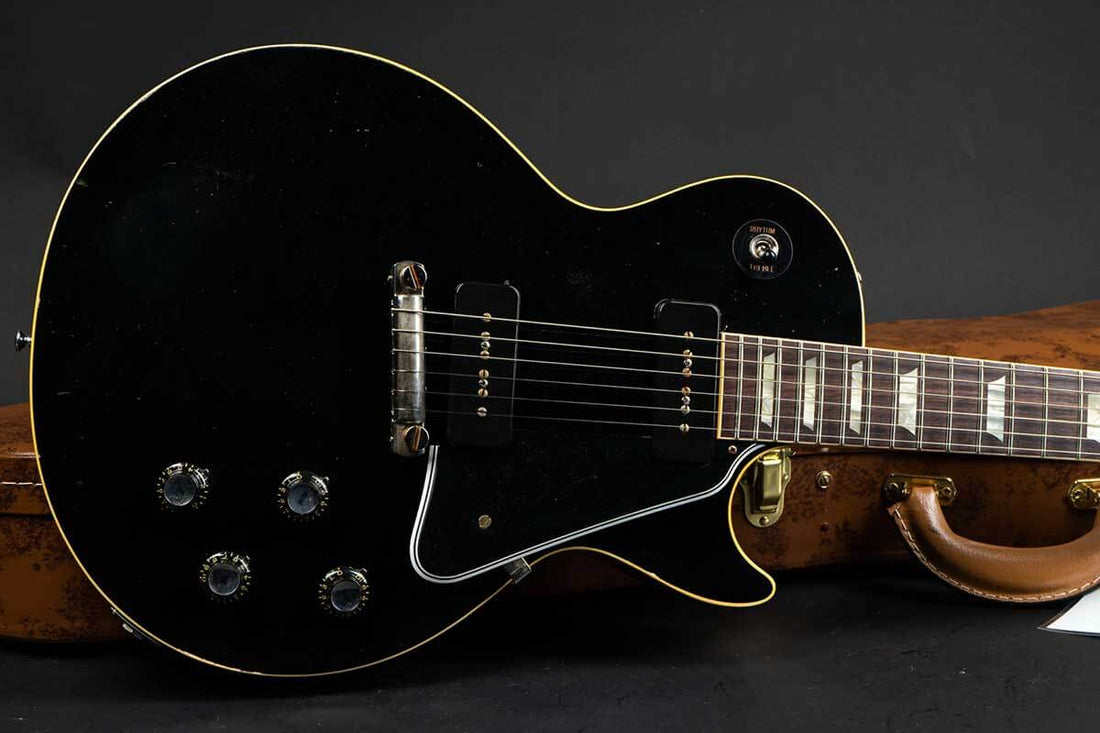Understanding the components of your guitar is as crucial as learning chords and scales. Knowing about guitar bridges helps you choose the right one for your playing style or a potential upgrade.
What is a Guitar Bridge?
The guitar bridge secures your strings to the guitar body, guiding them over pickups or acoustic sound holes, along the neck, and towards the headstock. It influences aspects like intonation and action.
Types of Guitar Bridges:
In my humble opinions, there are two main types: fixed bridges and tremolo bridges. Each has its advantages and limitations, catering to different musical genres and playing styles.
TonePros Modern Wrap around bridge
Let's talk about the wraparound bridge today.
Wraparound Bridge:
(Image: © pinterest)
History
The wraparound bridge is commonly found in many single-cut guitars, like the early Gibson Les Paul models. This part was created by Gibson President Ted McCarty back in 1954. Initially, it was used in the '54 Les Paul, but later replaced by the Tune-o-matic bridge and stoptail version in '56. It was mainly used in more affordable Gibson guitars, such as the Les Paul Junior.
Design & Construction
The wrarparound bridge is straight foward deisgn, a single piece mounted with 2 points with studs. With this type of bridge, the strings go through it and then loop back to the neck. The bridge also acts like a saddle, which makes changing strings much easier compared to other bridge types.
Tone
One major benefit of this bridge design is that it increases sustain, because string vibration is transferred into the guitar body with a single piece. This means the strings ring out for longer, resulting in richer resonance.
Tone wise, this bridge is usually provide a brigher tone and more attach than the Tune-O-Matiic style bridge.
Tuning and stability
Generally, wraparound bridge is pretty stable. However, there's a trade-off: there are limited options for adjusting intonation due to the lack of a saddle design.
(Image: © Thomann's Guitars & Basses)
There are only two intonation adjustment screws located around the two posts. So, changing string gauge might cause intonation problems. Additionally, converting this design to include a tremolo can be very difficult.
To address the intonation issue, there are improved versions of this bridge available in classic or modern styles. Examples include the ABM Compensate Bridge and the TonePros Modern Wraparound Bridge. These bridges offer better intonation adjustment options compared to the traditional wraparound bridge design.
|

ABM Compensate bridge
|

TonePros Modern Wrap around bridge
|
Summary
Pros: Easy to restring and replace, increases sustain.
Cons: Limited intonation adjustments, cannot be converted to a tremolo.





